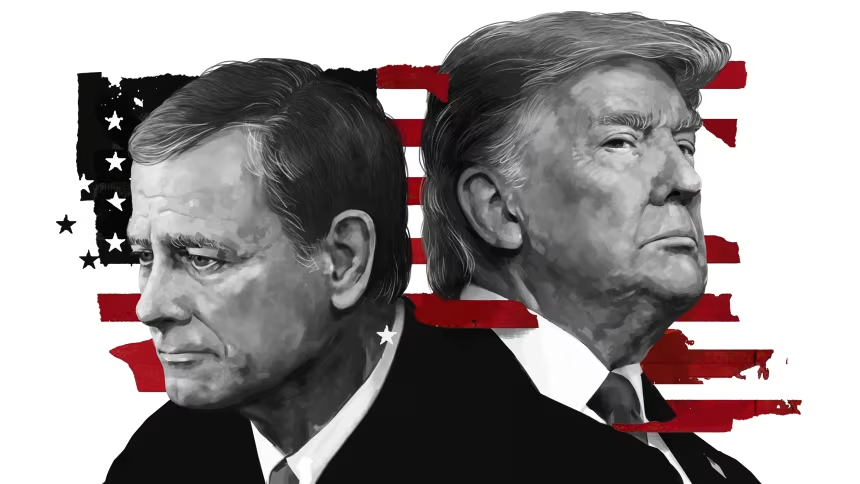Chief Justice John Roberts has now served twenty years at the helm of the United States Supreme Court. His leadership has shaped one of the most consequential periods in modern judicial history, balancing questions of constitutional authority, presidential power, and the independence of the judiciary.
Over the years Roberts has presided over a Court that has shifted significantly to the right. With a strong conservative majority in place, landmark rulings have redefined abortion rights, race based admissions in higher education, and the role of federal agencies. Supporters see this as a return to constitutional originalism, while critics argue it has rolled back decades of legal and social progress.
Roberts’ legacy is also tied closely to the presidency of Donald Trump. The Court has issued rulings that expand presidential immunity for actions taken while in office, sparking debate about whether such decisions strengthen or weaken the balance of powers. While Roberts has often aligned with the conservative bloc, he has also made clear his commitment to defending the judiciary itself from political influence and attacks.
He has spoken about the importance of protecting the rule of law at a time when the judiciary faces unprecedented scrutiny. By rejecting efforts to undermine the legitimacy of the Court, Roberts has tried to safeguard an institution he believes is central to American democracy.
As his tenure enters its third decade, the Chief Justice faces a legacy filled with both praise and criticism. To some, he is the architect of a conservative judicial revolution. To others, he is a cautious protector of the Court’s independence in a turbulent political climate. Either way, John Roberts remains one of the most influential figures in shaping how law and politics intersect in America today.


